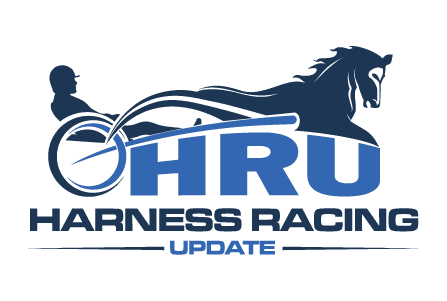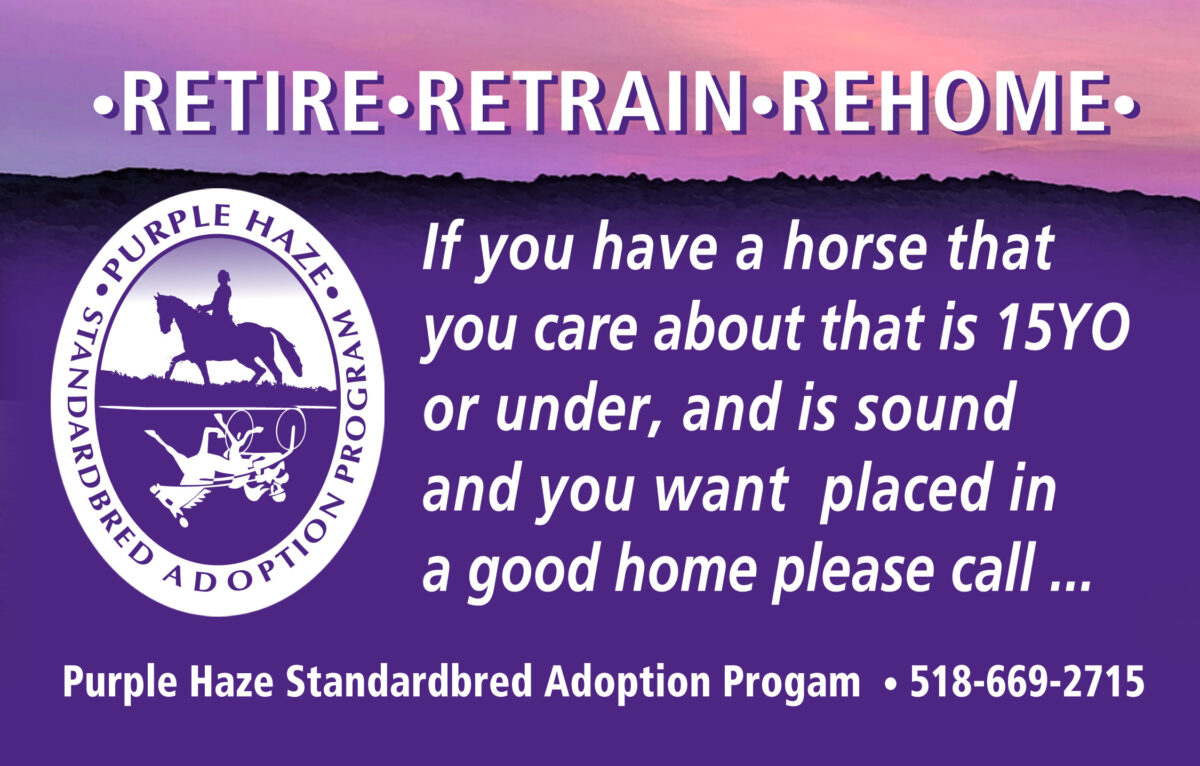With 100 days until Hambletonian 100, let’s look back 100 years at the lead up to the first Hambletonian
by Bob Heyden
Thursday (April 24), marked exactly 100 days until the 100th Hambletonian on Aug. 2.
But if you go back two days to Tuesday (April 22), and go back a century, you are 100 years to the day from an article written in the Horseman Review, the No. 1 harness racing periodical of the day.
It was 495 days from the very first edition of the Hambletonian on Aug. 30, 1926. It’s simply amazing how with that much time between the article and the actual first Hambletonian, how right on it the editorial staff (no byline) was on what was about-to-be harness racing’s signature race.
The following are from two different accounts meshed together concerning the upcoming debut of the initial (1926) Hambletonian.
“For a long time, it has been felt that we needed, in connection with colt racing, an event in keeping with the trend of the times, one that would be truly representative of the sport in a major way and so, stimulated by this idea, a coterie of well-known breeders and owners evolved the Hambletonian Stake. The thoroughbred turf has received a large impetus from the large purses provided for running horses but, until the advent of the Hambletonian, our pastime offered no fixture for either aged or young trotters that compared in value to those given in the rival field of sport.”
In a separate article:
“We recognize this as the period in which things must be measured upon a large scale in order to attract attention, and that was the very idea which prompted the introduction of the Hambletonian in 1924. Our futurity fixtures for colt trotters were ample to cover the period in which they were originated, but along came the great war and, as a result of the tremendous expense attached to it and the advance of prices of everything in the way of luxuries and commodities, we had to set up a new standard of values. Expenses of all sorts connected with breeding and racing horses increased and, if something is not done to offset these extra charges, we would be automatically facing big deficits on breeding and campaigning. The game is not an easy one to play, and love of the sport alone is the incentive of most of its devotees.” Remember, that by mid-April 1925, the motions and efforts were already looking at the second Hambletonian in 1927.
“The introduction of the Hambletonian Stake not only gave harness racing valuable and much needed publicity, but viewed from a purely commercial standpoint, it has proved of inestimable value to our breeding and racing interests. In designing its conditions, the Hambletonian Society kept in mind the important fact that our breeders, large and small, had to be looked after for they are the source of supply and constitute the very backbone of our affairs. It was for this reason the nominal charge of $10 was made as the entry fee, the future payments being so arranged that the owners of the yearlings would not be required to invest largely in their future prospects until they had an opportunity to ascertain something definite as to the capability of their candidates.”
Continuing on:
“The gentlemen who have given their time and thought to the event deserve the cooperation and commendation of every lover of the trotting horse and it behooves breeders, owners and drivers and all elements connected to our pastime to constitute themselves agents for the outstanding stake eventing our field of sports.”
$5,000 was set aside as a reward to the breeders.
“The Hambletonian Stake is so great an asset and means so much to us that we should make it a personal matter to see that its merits are called to the attention of every owner and breeder of a yearling.” So great an asset 495 days out? Wow!
In conclusion:
“There is no guesswork or speculation about the business side of the Hambletonian Stake for, with two payments yet to be made in the inaugural event, we have on hand more money than was paid out in 1924 for 3-year-old trotters in the Kentucky Futurity, The Review, The Stallion, The Horseman, Matron, and American Horse Breeder Futurities combined!”
And lastly:
“From all reasoning, the second Hambletonian should attract more entries than did the first one, for our anticipation has been more than realized in every way. We thought that $50,000 could be raised but now it appears a certainty that No. 1 will be worth over $60,000 [actually $73,451]. Every owner figures his yearling or yearlings are at least on a par with those owned by other parties, and, this being the case, it would be practically useless to hold on caring for them and arranging to have them broken if they were not considered good enough to enter the Hambletonian at the nominal cost of $10 on May 1.”
















